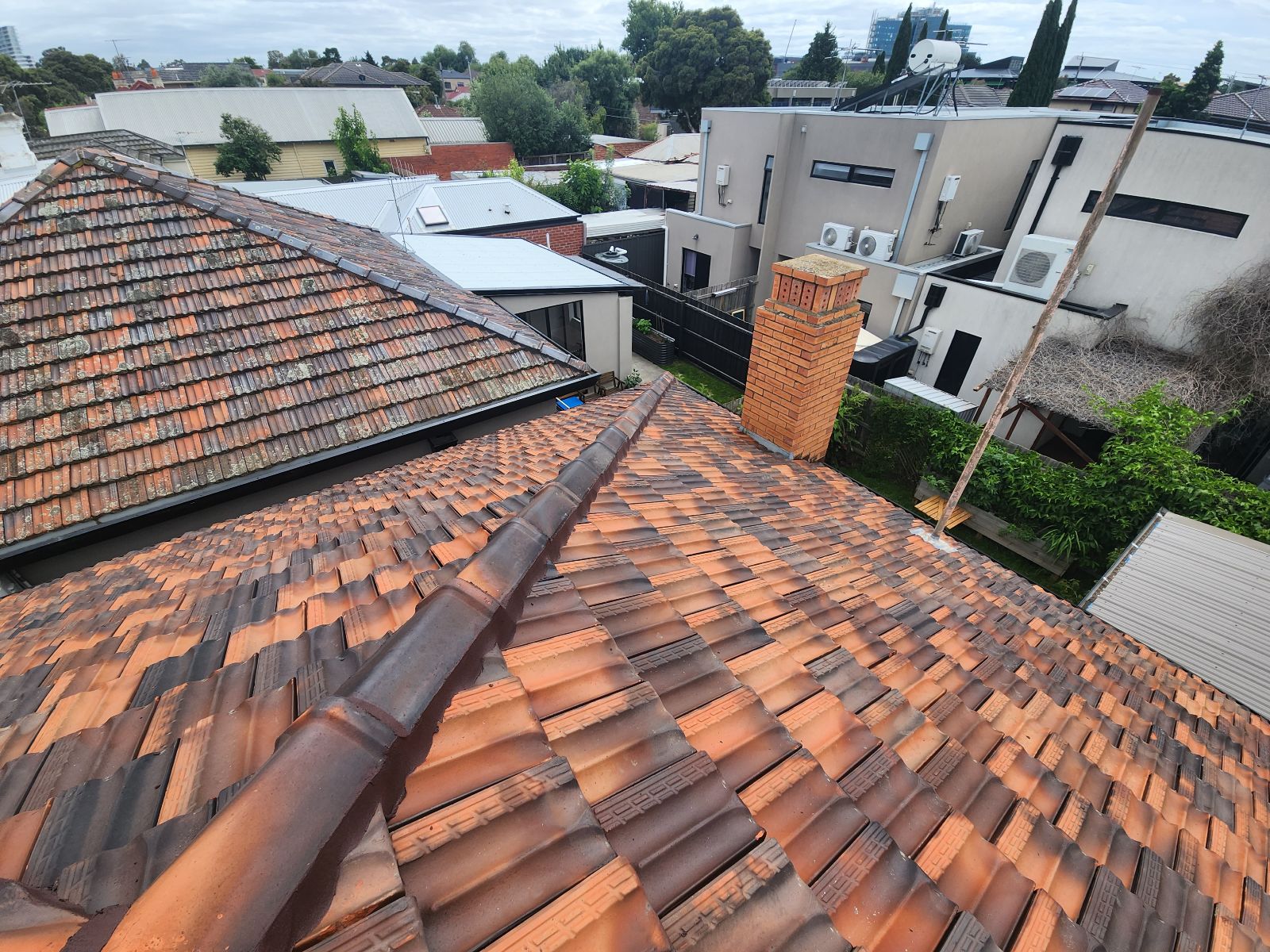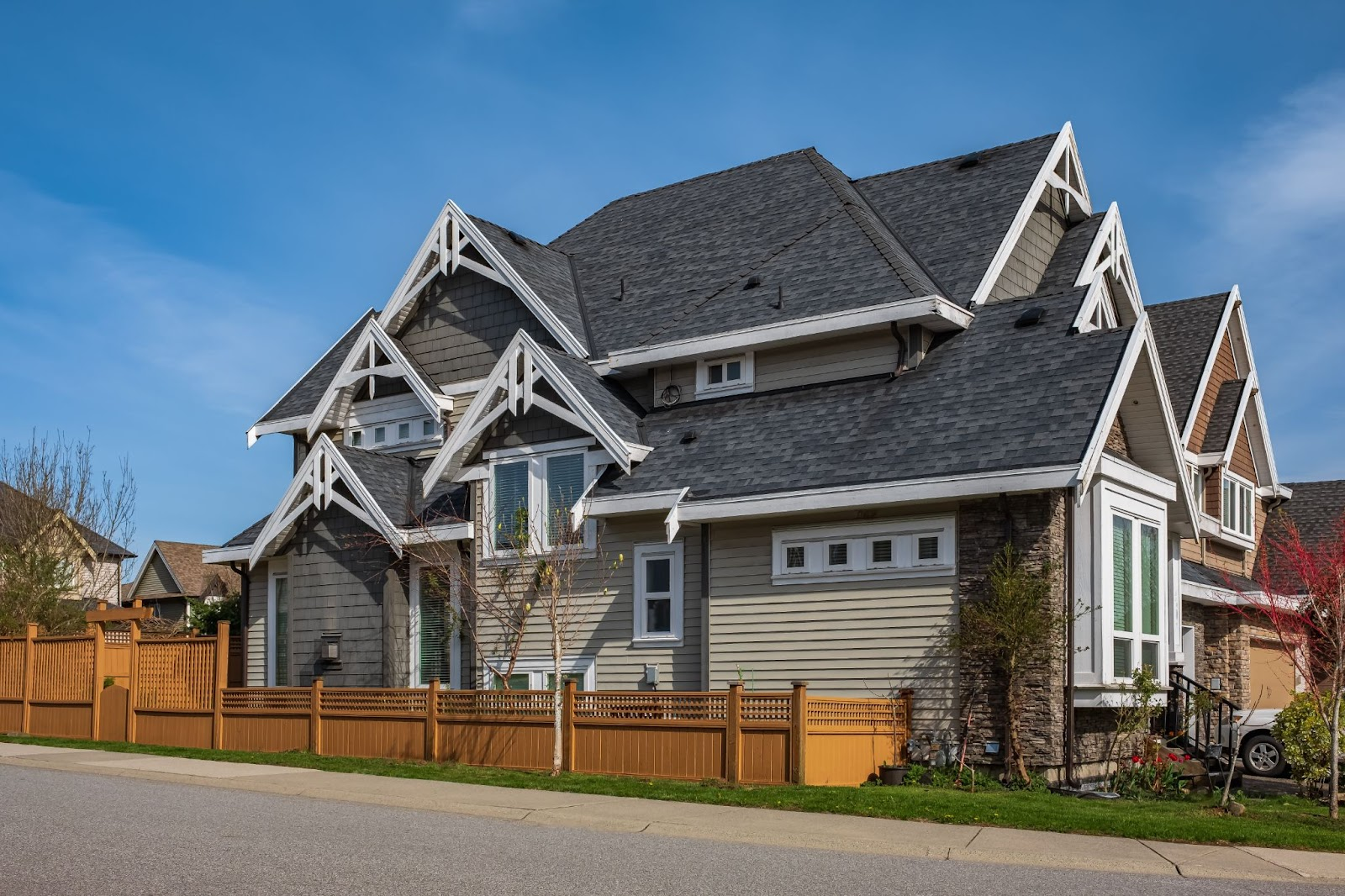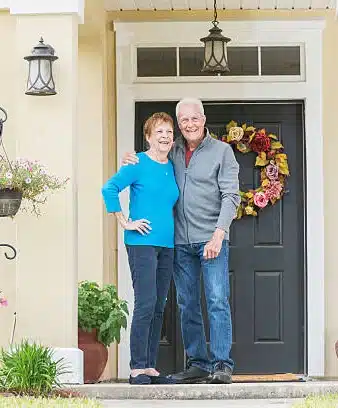
To receive your discount please fill in your details below.
It warms our hearts to see our valued HEROES being taken care off.




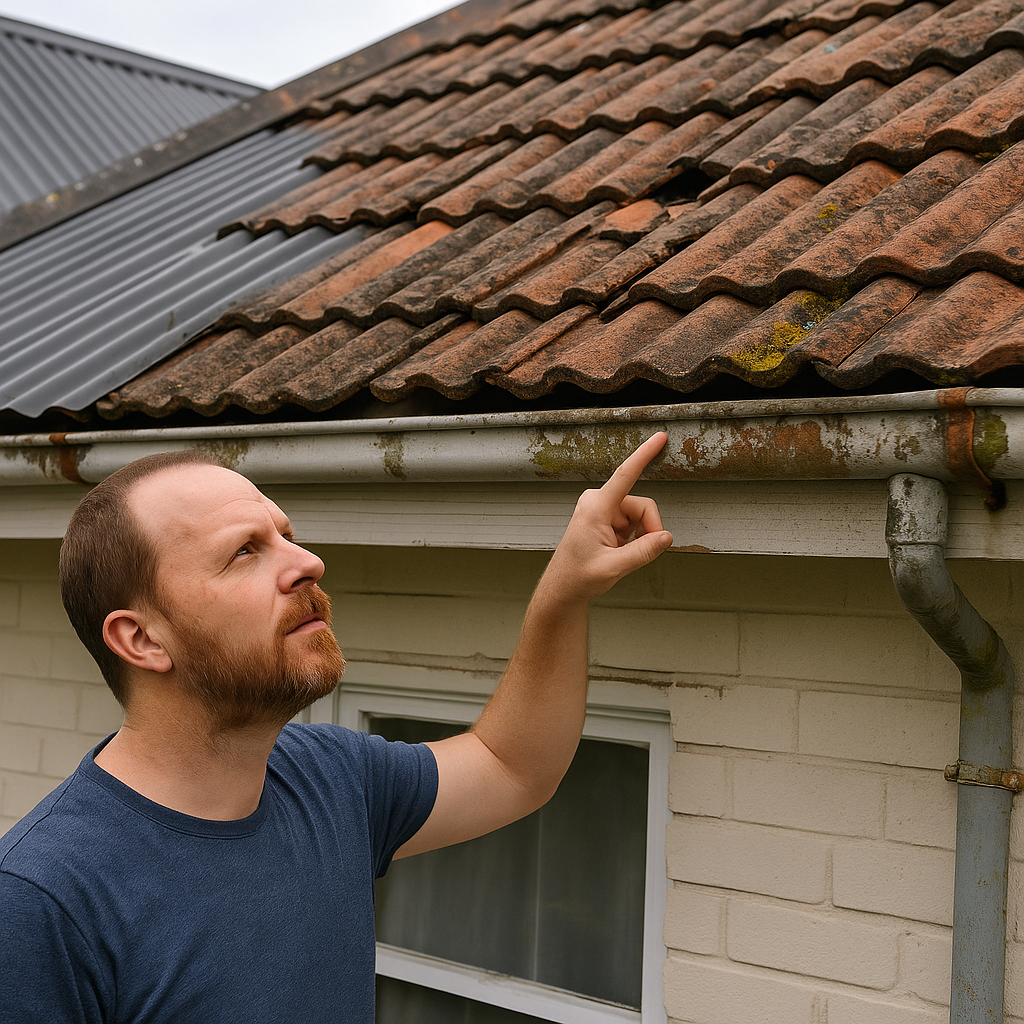
To check if your roof is in good condition without climbing up, start with a ground-level inspection for missing, cracked, or sagging tiles/sheets, rust, or discolouration. While inside, look for water stains, musty smells, or daylight in the attic. Also, check gutters for blockages, rust, or shingle granules (a sign of wear). Regular checks, especially before storm season, keep small problems from becoming wallet-busters.
Scott Gross – Melbourne Licensed Roofer
Let’s face it, roofs aren’t exactly the most glamorous part of a home. You rarely think about yours unless there’s a leak dripping or your neighbour makes a casual comment like, “Geez, that ridge capping’s had a rough go.”
In a place like Australia, where the weather runs hot, wild, and sideways, keeping your roof in solid shape is less about aesthetics and more about survival.
So, how do you actually know if your roof is in good condition? Without climbing up there and chancing a trip to the ER, that is. Let’s break it down, Aussie style.

No ladders. No gear. Just your eyes and a clear day.
A lot of roof issues can be spotted from your backyard or driveway if you know what to look for.
These visual clues are your roof’s way of raising its hand and saying, “Hey, something’s not quite right up here.”
You know that weird discoloured patch in the hallway? The one you keep meaning to paint over? It might not just be bad luck with a cuppa. Water stains, bubbling paint, or brownish marks are all red flags that water’s getting in.
Also, take a deep breath. Smell that musty odour in the attic or top floor? That’s mould or mildew sneaking in, another sign your roof might not be watertight.
And if you head up to the roof cavity and see daylight poking through? Not ideal. Holes in your roof aren’t letting in sunshine, they’re letting trouble in.
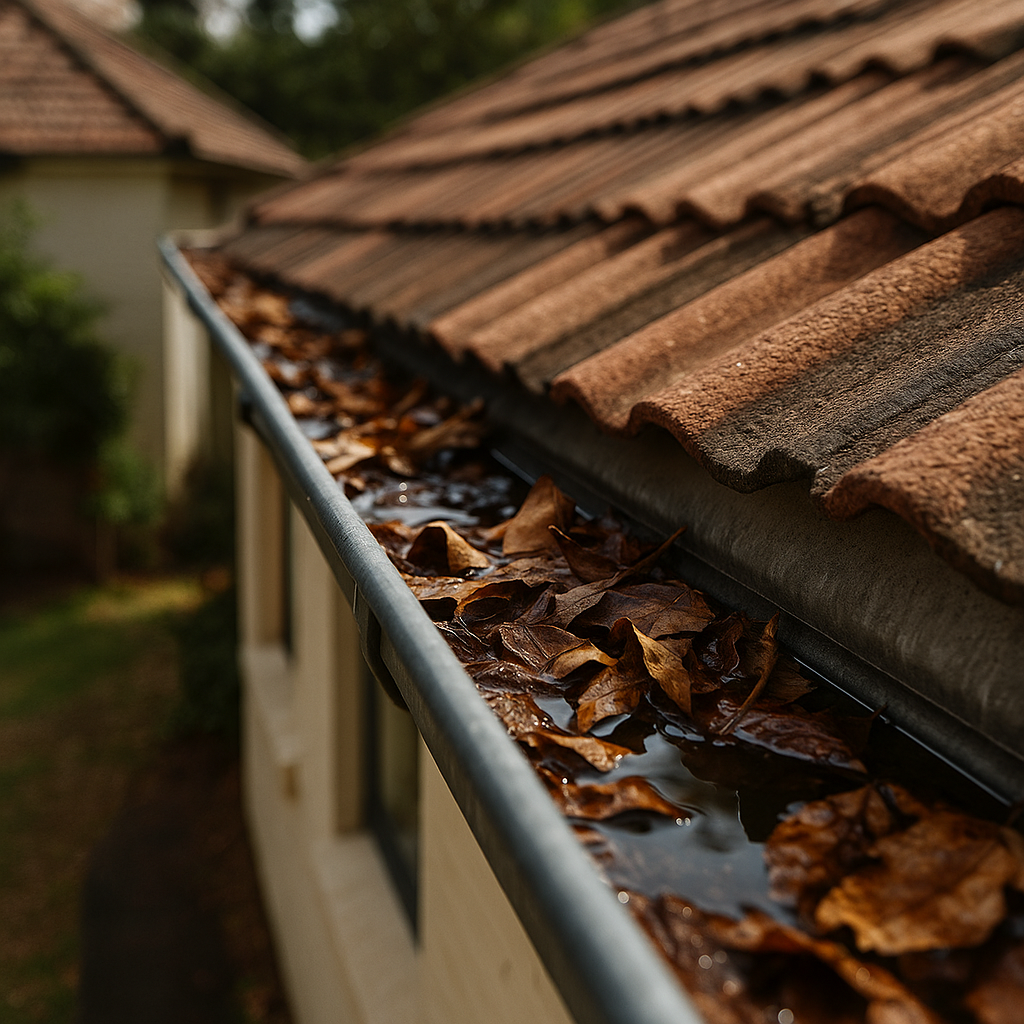
This bit often gets missed, but your gutter system is like the silent workhorse of the whole roof setup. Clogged or rusted gutters can back up water into your eaves, which eventually seeps into walls or the ceiling.
Some things to look out for;
Not all roofs age the same. Here’s what to keep an eye on depending on what’s covering your home.
Each roof type has its quirks, so knowing what you’re dealing with helps you know what to watch for.
Just like a good bottle of red, roofs age, but they don’t always get better with time.
If you’ve got no idea how old your roof is, look back at when the house was built or last renovated. And if you’ve never had it inspected? That clock’s ticking.
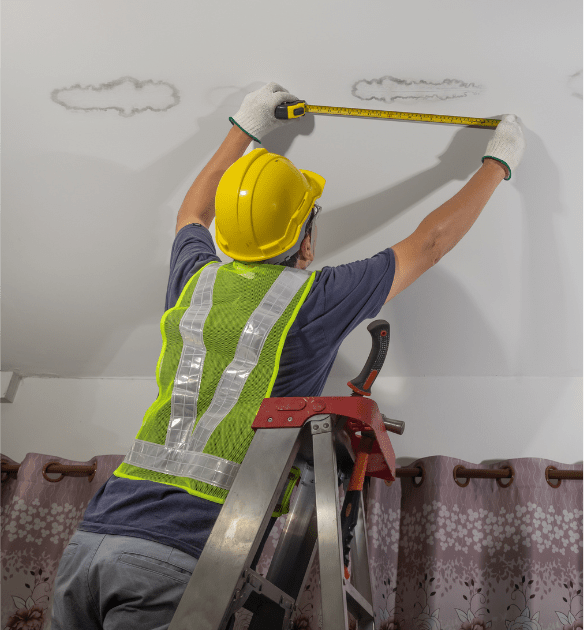
Look, we all like to think we’re a bit handy. But roofing? It’s a tricky and sometimes dangerous business. If you’re noticing multiple issues, your roof’s over 20 years old, or you’re just not sure what you’re seeing—bring in the cavalry.
Professional roofers can:
In places like Melbourne or Sydney, you’ll want someone who knows how Aussie weather affects different roof types. Trust us, local experience matters.
Want to check things over yourself before making a call? Here’s a safe, sensible list to go through:
Let’s be blunt, roof repairs aren’t cheap. But a bit of yearly maintenance can save you thousands. Think of it like getting a car serviced: minor wear is manageable, but if you ignore the rattling noise for long enough, you’ll be calling a tow truck.
Schedule a yearly roof inspection in Melbourne. Even better, line it up before storm season. That way, you catch issues before the rain does.
The Roof might not be your favorite part of your home, but they’re essential. They protect your home, your memories, and your sanity during the next La Niña event.
So, take five minutes to walk around the house, look up, and check for signs. Your wallet will thank you later.
And hey, if in doubt? Call a pro for roof maintenance. They’ll tell you what’s fine, what needs fixing, and what’s just a bit of character. Like that ridge capping your neighbour keeps teasing about.
